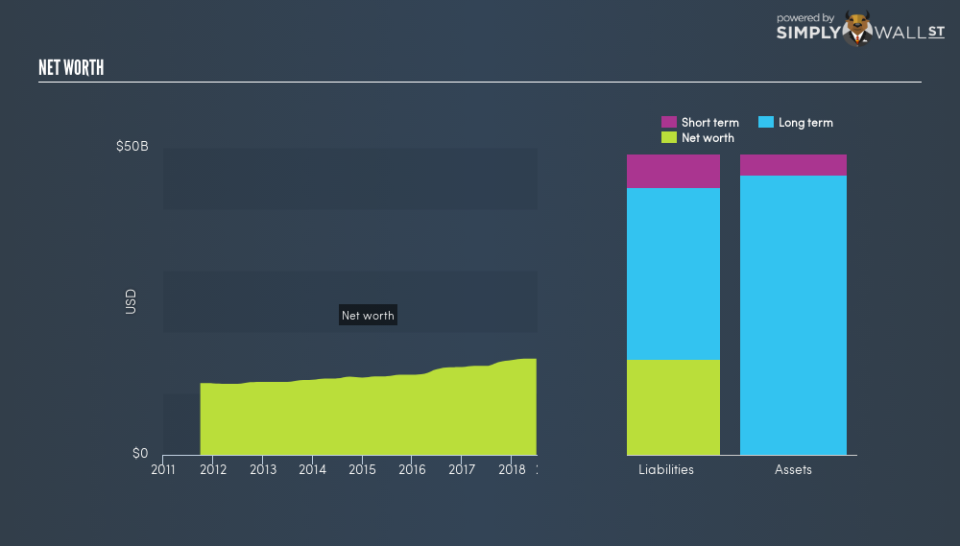Consolidated Edison Inc (NYSE:ED): How Much Money Comes Back To Investors?

Two important questions to ask before you buy Consolidated Edison Inc (NYSE:ED) is, how it makes money and how it spends its cash. This difference directly flows down to how much the stock is worth. Operating in the multi-utilities industry, ED is currently valued at US$24.64b. I’ve analysed below, the health and outlook of ED’s cash flow, which will help you understand the stock from a cash standpoint. Cash is an important concept to grasp as an investor, as it directly impacts the value of your shares and the future growth potential of your portfolio.
View our latest analysis for Consolidated Edison
Is Consolidated Edison generating enough cash?
Consolidated Edison’s free cash flow (FCF) is the level of cash flow the business generates from its operational activities, after it reinvests in the company as capital expenditure. This type of expense is needed for Consolidated Edison to continue to grow, or at least, maintain its current operations.
I will be analysing Consolidated Edison’s FCF by looking at its FCF yield and its operating cash flow growth. The yield will tell us whether the stock is generating enough cash to compensate for the risk investors take on by holding a single stock, which I will compare to the market index. The growth will proxy for sustainability levels of this cash generation.
Free Cash Flow = Operating Cash Flows – Net Capital Expenditure
Free Cash Flow Yield = Free Cash Flow / Enterprise Value
where Enterprise Value = Market Capitalisation + Net Debt
After accounting for capital expenses required to run the business, Consolidated Edison is not able to generate positive FCF, leading to a negative FCF yield – not very useful for interpretation!
Is Consolidated Edison’s yield sustainable?
Consolidated Edison’s FCF may be negative today, but is operating cash flows expected to improve in the future? Let’s examine the cash flow trend the company is anticipated to produce over time. In the next couple of years, the company is expected to grow its cash from operations at a double-digit rate of 19.2%, ramping up from its current levels of US$2.83b to US$3.38b in three years’ time. Although this seems impressive, breaking down into year-on-year growth rates, ED’s operating cash flow growth is expected to decline from a rate of 13.7% in the upcoming year, to 0.9% by the end of the third year. But the overall future outlook seems buoyant if ED can maintain its levels of capital expenditure as well.
Next Steps:
Now you know to keep cash flows in mind, I suggest you continue to research Consolidated Edison to get a more holistic view of the company by looking at:
Historical Performance: What has ED’s returns been like over the past? Go into more detail in the past track record analysis and take a look at the free visual representations of our analysis for more clarity.
Management Team: An experienced management team on the helm increases our confidence in the business – take a look at who sits on Consolidated Edison’s board and the CEO’s back ground.
Other High-Performing Stocks: If you believe you should cushion your portfolio with something less risky, scroll through our free list of these great stocks here.
To help readers see past the short term volatility of the financial market, we aim to bring you a long-term focused research analysis purely driven by fundamental data. Note that our analysis does not factor in the latest price-sensitive company announcements.
The author is an independent contributor and at the time of publication had no position in the stocks mentioned. For errors that warrant correction please contact the editor at editorial-team@simplywallst.com.

